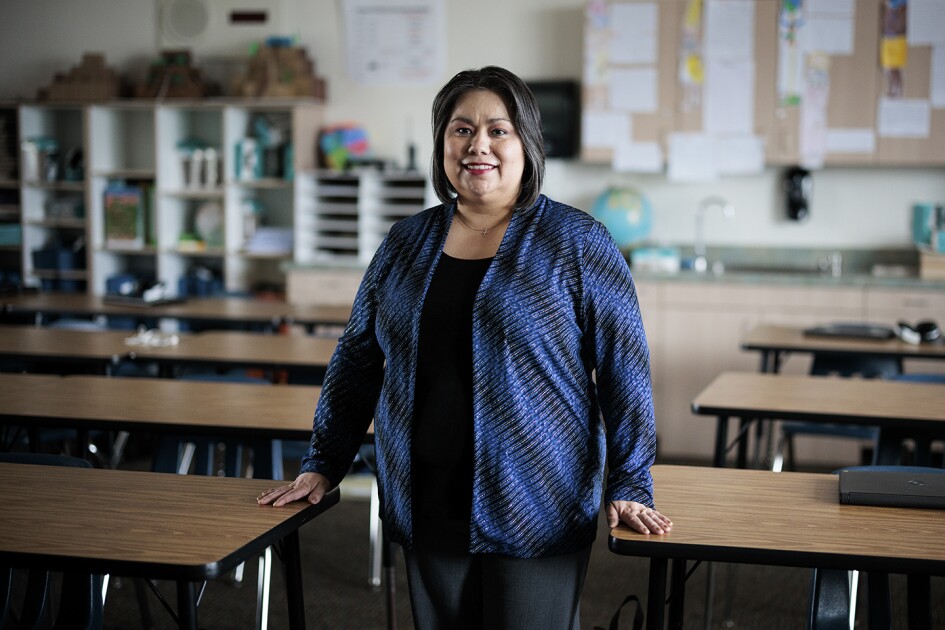Dear Diane,
I’ve so many different topics I want to write you about! Watching a YouTube video Mike Klonsky sent me about a current demonstration in Chicago brought back a flood of memories from the late 1950s and ‘60s when my children’s schooling began and when I was subbing throughout Chicago’s South Side. Speaking of memories, Fred and I spent last weekend in St. Louis (I was speaking to a group of teachers at the Seventh Annual Educating for Change Curriculum Fair, and Fred to visit family). Both of us have roots in St. Louis and it brought back my Midwestern years—and it turns out that many of his relatives were school teachers, too.
Our anecdotal memories are useful, especially given how hard it is to believe school data—between cheating, manipulating, and obfuscating, which have for many years been standard practice. I have a lot of anecdotes to demonstrate this claim!
Both experiences reminded me that I was perhaps lucky to have entered the profession at the same time that my three children entered Chicago’s public school system. My experiences in both roles led me to admire those who stuck with public school teaching as well as despair at the way the system didn’t work for those children most at risk in life.
It gives me, Diane, a somewhat special perspective on teaching and parenting. It was hard not to switch back and forth during the many years in which I experienced schooling in both roles. It complicated my responses to the fallibilities of both.
There is no easy answer. Like everything else, there are trade-offs. But I am more convinced than ever that working out that relationship is central to our task, ABOVE ALL for kids whose own families failed or were intimidated by the same K-12 schools. One aspect of it, perhaps the least important, is getting the governance issues right. If you go onto the missionhillschool.org website you’ll see what, given the opportunity, we designed for our governance purposes. Our division of “policy” vs. “practice” decisions is full of gray areas, but our solution is very replicable.
But the harder part is to figure out how to create a relationship built on trust between school people and families—one by one. Most of all it takes a great deal of patience and time. It can’t happen in a single year ... in the most difficult situations anyhow. It may even take four to five years sometimes. But what a difference it makes! In its absence it even drives the most-advantaged parents to act stupidly. One family conference of 10-20 minutes each year and a brief report card do not create trust. But trust between teachers and parents where race and social class differences are as extreme as possible makes this trust “almost” impossible. Parental distrust is a wise given in most such cases. Besides, we’re both appropriately over-sensitive!
At the schools I was most involved with we attribute a lot of our success not to our brilliant teaching, staff skill, etc., etc. (all of which I vouch for), but to what parents and families offered us in support of their youngsters. It was as true for 5-year-olds as 15-year-olds. Maybe, in fact, it’s more important in high school when young people are testing authority at home and at school—and must do so as they grow into their own adulthood. If parents and schools are sending mixed, and even outright hostile, messages about each other, it isn’t helpful to most kids. And while teenagers may claim to want teachers and parents to get out of their way, they need them more than ever. But they need them in different ways.
“Fortunately” my own children each had their own crises somewhere along the way, too, and it helped me think through how other parents might be feeling. Helpless. It’s not good for kids to have helpless parents or teachers. So we initiated prolonged conferences between teachers, family members, AND the student several times a year. In fact, as often as needed. It changed the dynamics in critical ways. If there was more than one teacher involved, we sometimes added school adults as well.
When problems were acute, we arranged for follow-up meetings on the assumption that Plan A might turn out to be wrong, and we might need to go on to Plan A-2 or Plan B. We had a trained social worker who helped parents, teachers, and students learn how to conduct such gatherings, and to be available when needed, including providing useful external resources.
Once a parent—like me—finds that such meetings are useful, they will show up. For me, “showing up” was a ritual, a way to reassure the teacher that I cared rather than to learn something useful. We got 100 percent attendance at Central Park East and Mission Hill. Of course, that also meant we had to be flexible about when and where we met.
But, once again, it requires time, time, time, on top of all the other time-consuming professional tasks (like time to meet with colleagues, keep up with the field, read over and respond to home and schoolwork, plan ahead, etc.).
When will we ever learn that it’s time worth spending, especially if it’s successful outcomes—authentic achievement, not test scores—we are seeking?
Deborah
P.S. Two books worth reading: Lynne Yermanock Strieb’s Inviting Families into the Classroom and Juanita Doyon’s Not With Our Kids You Don’t.


